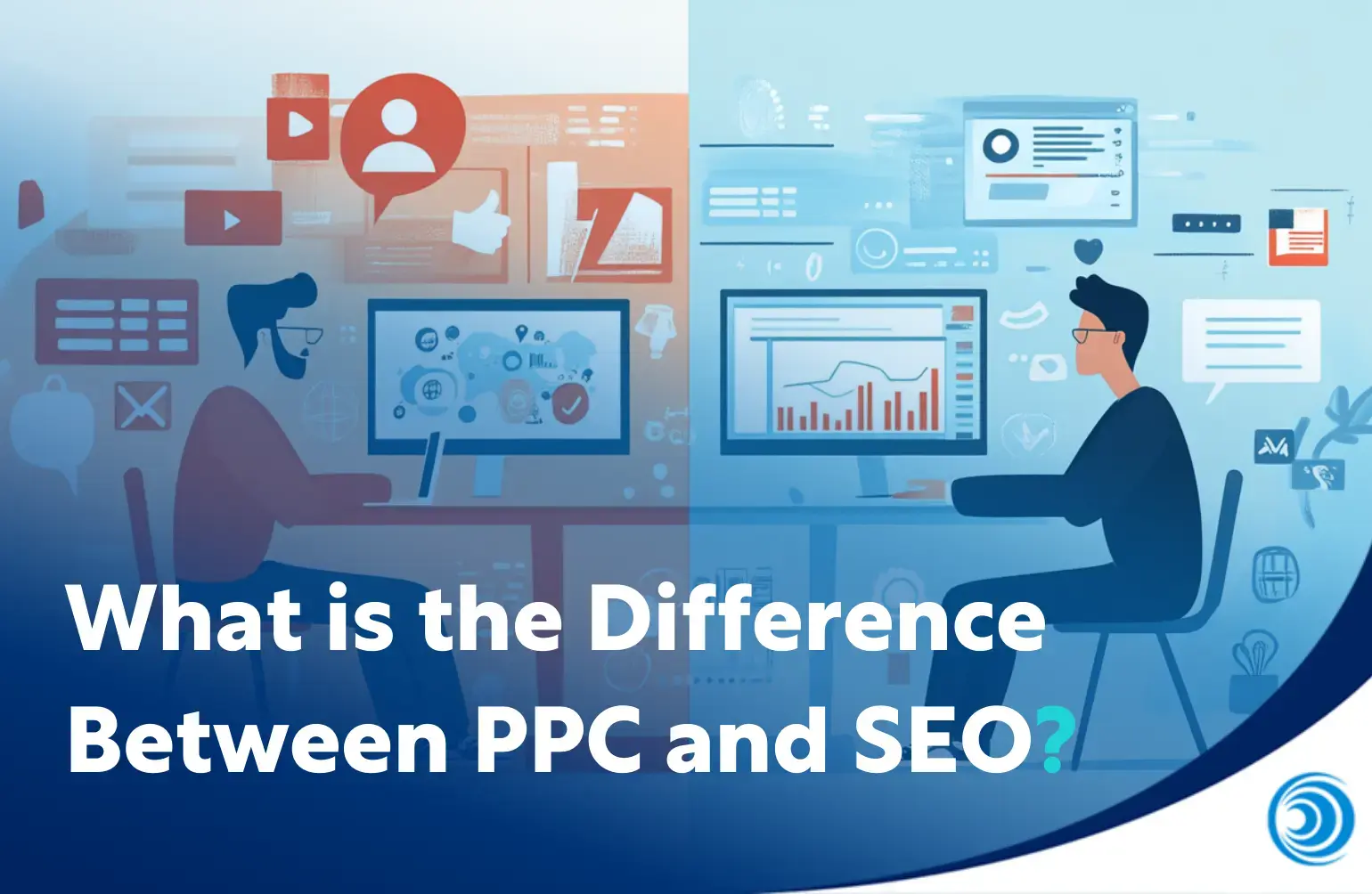
Copywriting vs. Content Writing
Copywriting and content writing are often carried out by the same teams or individuals within companies.
However, they are not the same thing.
Creating sales copy and creating high-quality content involves using very different mental muscles.
Understanding the differences between copywriting vs content writing will help you understand why.
What is copywriting?
Copywriting is the art of creating persuasive and engaging writing and messaging for advertising and marketing purposes.
This includes writing the text for landing pages, emails, slogans, product descriptions, ads, social media posts, and email marketing. A lot - but not all - of this is referred to as sales copy.
Copywriters can be in-house with companies or outsourced by them. They help prepare the promotion of products or business services on specific platforms.
The history of modern professional copywriting (in English) dates back to the 19th century. But more broadly, the art itself dates back thousands of years in many languages. Understanding its use across time and different cultures helps you understand why copywriting is important.
What is content writing?
Content writing refers to creating content that informs, educates and/or entertains audiences. This covers blog posts, white papers, ebooks, podcast, video scripts, and more.
It is particularly important for businesses looking to increase their online presence or customer engagement.
It often involves looking at content marketing strategy in the context of campaigns and wider brand considerations.
What are the similarities between copywriting and content writing?
1. Needing to understand the target audience
Before writing any material, both content writers and copywriters need to understand their target audience.
In copywriting, for example, it is particularly important to determine the current needs of the target audience in order to create a unique selling point (USP).
Both kinds of writer also needs to understand the culture of the platforms they are writing for, e.g. Social Media Ads vs Online Reviews. And what internal expectations are - i.e., what tone of voice, specific lexicon, and other marketing strategy has been set.
Internally collected data is one of the best sources of target audience knowledge. Knowing what has worked well in the past tells writers a lot about audiences' preferences.
Competitor analysis is also very useful. Assessing and comparing their copywriting and content writing can lead to some great insights.
2. Storytelling ability
Creative storytelling and narrative development keep readers engaged. An example of this is the use of strong statements or questions in introductions.
Storytelling is primarily used to help text and content capture attention and be memorable.
It is the consistency of the information that matters for a good story, not its completeness. Indeed, you will often find that knowing little makes it easier to fit everything you know into a coherent pattern.
- Daniel Kahneman, psychologist
Coca-Cola's 'One Happiness' campaign
Coca-Cola's global 'Open Happiness' campaign (2009 - 2016) combined both brilliant copywriting and content writing with storytelling.
It used TV commercials and print ads that featured stories about people enjoying the soft drink and spreading happiness to those around them.
These stories were well-crafted into great content, and complimented by enticing copywriting. It included memorable slogans such as 'Open a new spirit' (Indonesia) and '125 Years of Opening Happiness' (Brazil).
What are the differences between copywriting and content writing?
1. Purpose
The purpose of copywriting is mostly - but not always - short-term. The purpose of content writing is mostly long term.
Copywriting material often aims to persuade and encourage the audience to take an immediate sales- related action. The bottom line is about increasing conversions.
Content writing, by contrast, plays a slightly longer-term game. It focuses on educating readers on a specific topic, solving a problem and establishing trust.
The final goal is to eventually drive sales. But this comes after a long process of building relationships with the audience and producing valuable material.
2. Writing Style
The writing style used for copywriting vs content marketing varies a three main areas:
Grammar
Good grammar is important for both effective content writing.
Overly complicated grammar and grammatical errors disrupt a reader’s focus and engagement. Maintaining readers' focus over long periods of time with writing requires making reading easy. This is done with simple and clear grammatical sentence structures.
Copywriting, on the other hand, does not necessarily require perfect grammar. In fact, some of the most emblematic slogans and ads around the world have been successfully developed using incorrect grammar, incomplete sentences or even wrong punctuation.
One of the best examples of this is Apple’s iconic slogan 'Think Different.' The correct grammatical phrase ('Think Differently') was vetoed by Apple's art director and by Steve Jobs himself.
In their opinion, 'Think Different', conferred a more authentic tone of voice to the company. Today, time appears to have proven their judgement was correct.
Length
Copywriting is shorter in length than content writing. Its goal is to speak directly to the audience.
It is easier to get attention with condensed text. Copywriters also often need to work alongside images. So, concise and compelling text is essential.
Furthermore, online advertising portals also tend to have a cap on the amount of words that companies can include in a text ad.
Lifespan
Last, but not least, a more subtle difference between content writing and copywriting lies in their longevity.
While some copywriting material, such as slogans, may last for decades, many marketing campaigns last only a few months, weeks, or even days.
For example, landing pages often get refreshed or discarded when a company’s product line changes. And other copywriting is created for specific marketing campaigns, such as Christmas or Black Friday sales.
In many instances, metrics such as click-through rates and open rates are a good way of measuring the effectiveness of a copywriting material.
Content writing, on the other hand, is often created with a longer-term value in mind. A blog article, once published, might have a permanent presence on a company’s website. And some ebooks are relevant for years.
Content writers must therefore focus on coming up with evergreen (i.e., stays fresh over time) and valuable content that stands the test of time.
3. Skills
Research skills and an in-depth understanding of the topic at hand are essential to content writers.
Without them, being able to create compelling and engaging material is almost impossible. After all, how can you write well about something at length if you yourself don't understand it?!
The copywriter's focus lies more in understanding human psychology and emotions. Their skill at persuading readers is crucial to their work.
Of course, copywriters need to know what they are writing about, too. But on balance, their role weighs more heavily towards creativity than deep knowledge of a subject.
After all, coming up with the catch line 'Just Do It' requires less industry and product-specific knowledge than writing a series of blogs on running shoes.
Search Engine Optimization (SEO) content writing skills
Content writing covers multiple mediums. But perhaps the most well-known is blog writing.
Here, it's important to understand that a blog for SEO (search engine optimisation) purposes is different to thought leadership, opinion pieces, press releases, etc.
Content writers need to think about a number of issues when writing for SEO, including search intent and the salience of keywords.
In general, an SEO content writer needs to inform audiences with short, concise sentences. There is less 'fluff' than other kinds of content writing. That said, these principles can often be carried over to other kinds of content creation and writing.
Conclusion
Copywriting and content writing are two critical components of any business's marketing efforts.
Both sharing an emphasis on understanding the target audience and storytelling. Yet, they have key differences and distinct goals.
Copywriting focuses on crafting persuasive content for immediate sales-related actions, with a flexible approach to grammar and a concern with capturing the essence of a brand over conveying in-depth information.
Content writing is geared towards long-term relationship building through educational and engaging material. It requires strong research skills, adherence to correct grammar, and commitment to writing clear, simple content.
Given their unique roles, leveraging both copywriting and content writing can help businesses effectively reach and engage their audiences.



